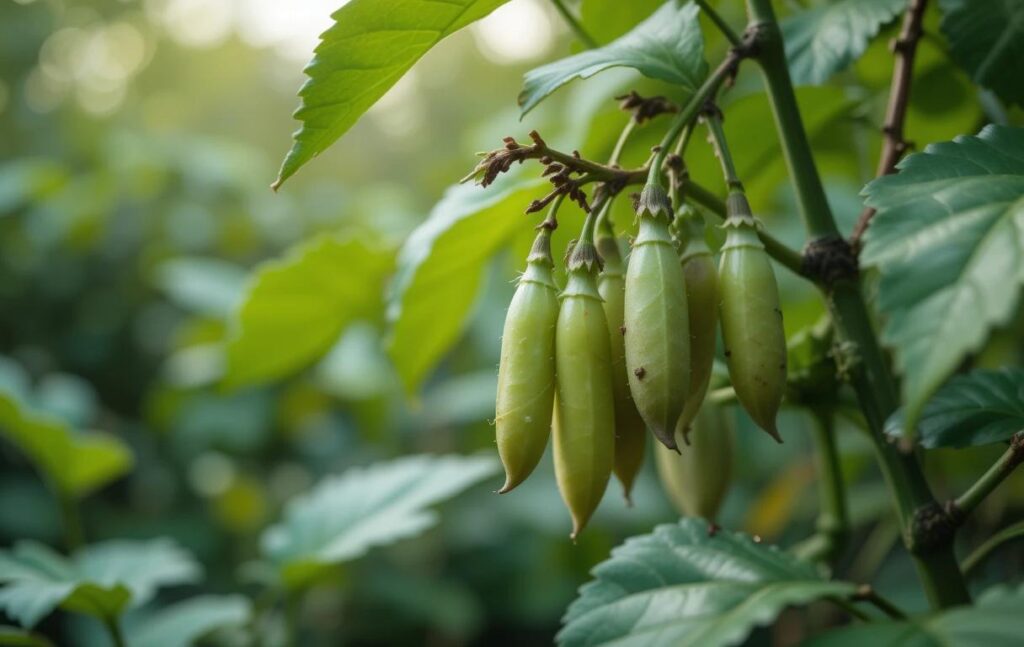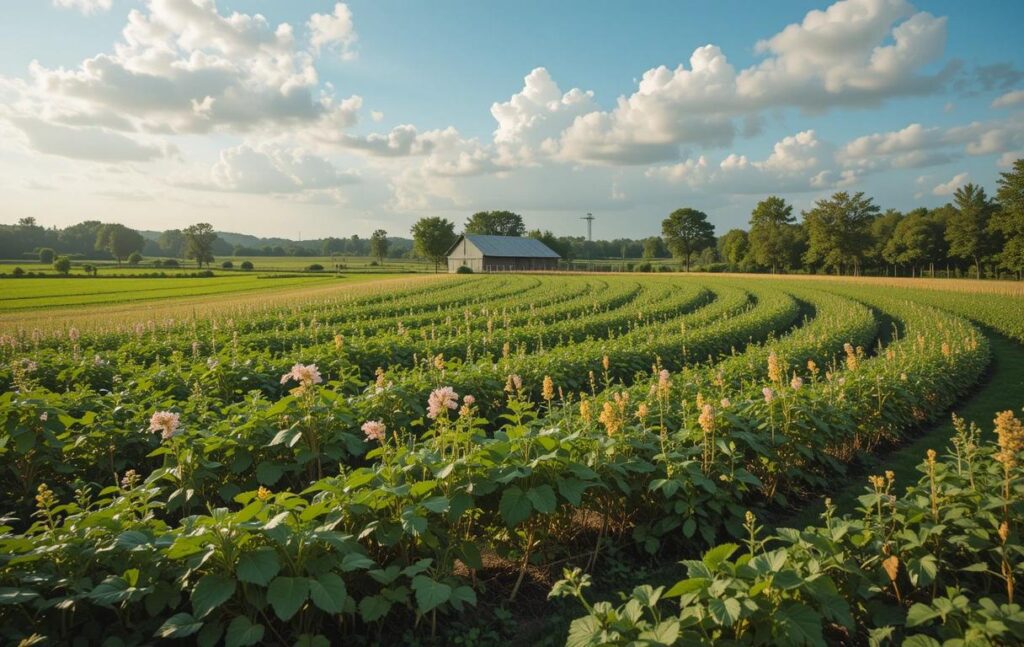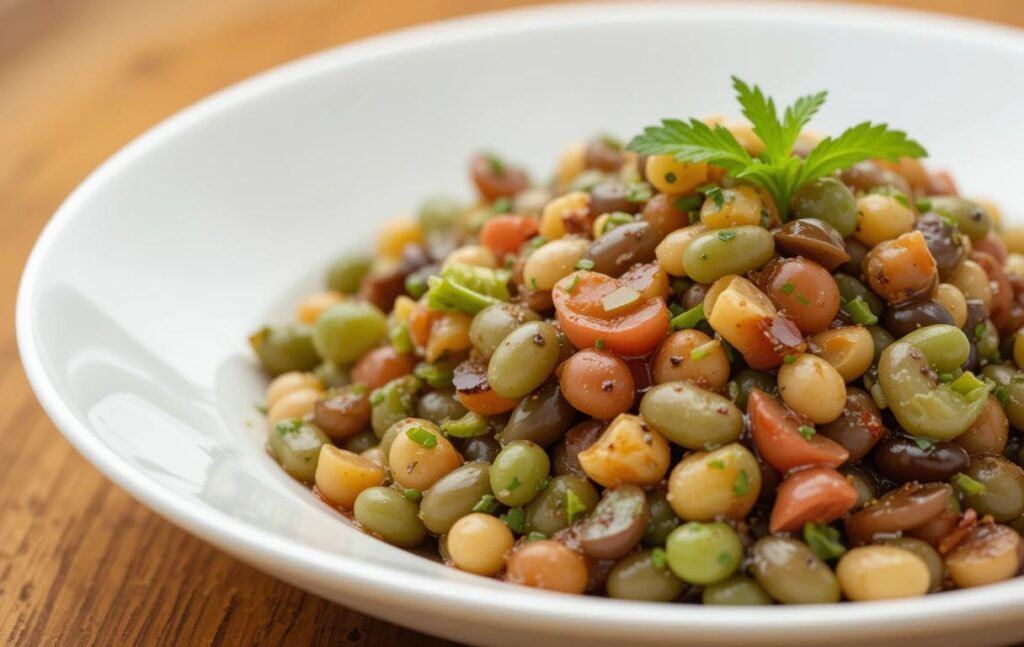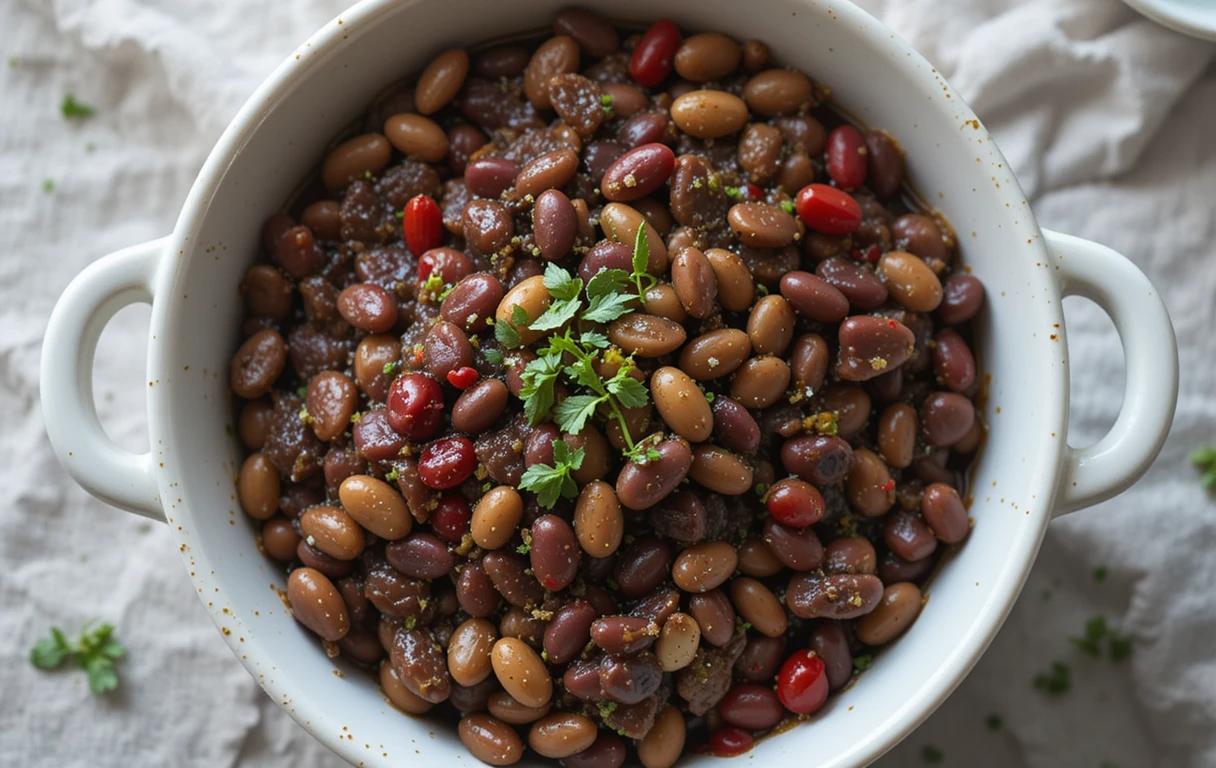What does “dense bean” mean?
Have you ever come across the term dense bean and wondered what it means? While it might sound like a technical or niche term, its meaning can vary depending on the context. In this article, we’ll dive into the literal and metaphorical interpretations of “dense bean,” exploring its significance in agriculture, cuisine, and even pop culture.
Whether you’re a curious foodie, a farmer, or just someone encountering the term in everyday conversation, this guide will help you understand what “dense bean” truly signifies. Let’s start by breaking down its definition.
Understanding the Term “Dense Bean”
1 Literal Meaning of Dense Bean
When discussing dense beans in a literal sense, the term refers to the physical property of density—how compact or heavy a bean is in relation to its size. Density is a scientific measurement that evaluates how much mass is packed into a given volume. In the context of beans, this can be influenced by several factors:
Moisture Content:
Beans with low moisture content tend to be denser because they lack the air pockets that water creates within the structure.
Genetic Composition:
Some types of beans, like chickpeas or kidney beans, are naturally denser due to their structure.
Harvesting and Processing:
Properly matured and well-dried beans are often denser compared to underdeveloped or poorly stored beans.
For example, if you compare a kidney bean and a mung bean of the same size, the kidney bean might feel heavier due to its denser composition.
Did You Know? Denser beans are often associated with higher quality in cooking and farming, as they are more robust and resistant to splitting or spoiling.
2 Metaphorical or Slang Use
Beyond its physical meaning, dense bean has evolved into a colloquial term in some regions and contexts. It might be used to describe something or someone as being stubborn, thick-headed, or solid—a playful or humorous jab. For instance:
In Conversations: Someone might say, “Don’t be such a dense bean!” when referring to someone who’s slow to understand a concept or overly rigid in their thinking.
In Memes and Social Media: On platforms like Twitter or Reddit, phrases like this can trend as humorous insults or nicknames for people who overcomplicate simple tasks.
Example: A trending meme might caption a character making a mistake with: “Me, being a dense bean again…”
This dual nature of “dense bean” highlights how language evolves from literal to figurative meanings based on cultural usage.
Examples of Usage
Literal:
“These chickpeas are particularly dense, making them perfect for hummus.”
“Farmers test bean density to ensure they are harvesting high-quality crops.”
Metaphorical:
“I can’t believe you didn’t get that joke—what a dense bean!”
“His refusal to ask for help makes him the densest bean in the pod.”
Types of Beans Known for Their Density

1 Common Dense Beans in Cooking
In the world of cooking, certain beans are renowned for their dense texture and structure. These beans are not only packed with nutrients but also have a firmer bite and hold their shape better during cooking. Let’s look at some common dense beans and how they’re used in cuisines worldwide:
- Black Beans
Black beans are small, shiny, and densely packed with fiber and protein. Their robust texture makes them a staple in Latin American and Caribbean dishes like burritos, black bean soup, and feijoada.- Culinary Uses: Stews, chili, rice dishes
- Nutritional Benefits: High in antioxidants, protein, and iron
- Kidney Beans
These large, kidney-shaped beans are famously dense and hearty, perfect for slow-cooked dishes. They absorb flavors beautifully, making them a favorite in Indian curries, chilis, and salads.- Culinary Uses: Red beans and rice, rajma, chili
- Nutritional Benefits: Excellent source of folate and magnesium
- Chickpeas (Garbanzo Beans)
Known for their firm and dense texture, chickpeas are versatile and widely used in Middle Eastern, Mediterranean, and Indian cooking. Their density makes them ideal for purees like hummus and roasted snacks.- Culinary Uses: Hummus, falafel, stews
- Nutritional Benefits: Rich in protein, fiber, and complex carbohydrates
- Lentils
While technically not a bean, lentils are often categorized alongside beans. Certain varieties, like French green lentils, are particularly dense and retain their shape during cooking.- Culinary Uses: Salads, soups, and side dishes
- Nutritional Benefits: Packed with iron, folate, and protein
Cooking Tip: The density of a bean can impact its cooking time. For instance, denser beans like chickpeas require longer soaking and cooking, while softer beans, such as cannellini, cook faster.
2 How Density Affects Cooking and Nutrition
The density of a bean plays a significant role in how it behaves during cooking and how it contributes to a meal’s nutritional profile.
- Cooking Times
Dense beans require longer soaking and cooking times to soften. Proper preparation ensures they’re digestible and flavorful.- Example: Chickpeas can take up to 8 hours of soaking and 1-2 hours of cooking. Using a pressure cooker can significantly reduce this time.
- Texture in Dishes
Denser beans hold their shape better, making them ideal for dishes where you want the beans to remain intact, like salads or soups. Softer beans may break apart and create a creamy texture, which is great for dips and purees.
- Nutritional Density
Dense beans are often more calorie-dense and nutrient-packed, providing a concentrated source of protein, fiber, and essential vitamins. This makes them an excellent choice for vegetarians and vegans.- High-density beans like lentils and kidney beans are particularly good for building muscle and maintaining energy levels.
Dense Beans in Agriculture

1 How Farmers Measure Bean Density
In agriculture, the density of beans is a critical factor in determining their quality and market value. Farmers and agricultural scientists use specific methods to measure the density of beans, ensuring that only the best ones make it to consumers.
- Weight-to-Volume Ratio
- A simple method involves measuring a sample of beans’ weight and dividing it by their volume. Denser beans weigh more for the same volume compared to lighter beans.
- This test is commonly conducted using standardized containers or scales.
- Water Displacement Test
- Similar to Archimedes’ principle, farmers sometimes use a water displacement test to check bean density. Beans are placed in water, and their displacement is measured to assess compactness.
- Denser beans tend to sink quickly, while lighter ones float or settle more slowly.
- Visual Inspection and Texture
- Skilled farmers can often identify denser beans by sight and touch. Dense beans are typically firmer, shinier, and free of hollow spots.
- For large-scale operations, automated sorting machines are used to detect physical characteristics of the beans.
Why Density Matters to Farmers
- Higher Yield: Denser beans are less likely to crack during harvesting and processing, ensuring a greater yield.
- Storage Longevity: Dense beans have lower moisture content, making them less prone to mold and spoilage.
- Pest Resistance: Pests are less likely to attack well-dried, dense beans, as they are harder to penetrate.
2 Benefits of Dense Beans in Crop Production
Dense beans offer numerous advantages, both for farmers and consumers. Here’s why they are a valuable asset in agriculture:
- Durability During Transport
Dense beans are more resilient, meaning they can endure long transportation periods without significant damage. This reduces losses during distribution.
- Longer Shelf Life
Beans with high density generally have lower moisture levels, which makes them less susceptible to spoilage. This is especially crucial for countries relying on bean exports.
- Higher Nutritional Value
From a farming perspective, producing dense beans means offering consumers a product that is nutrient-rich. This can make a particular variety of bean more desirable in the market.
- Sustainability in Farming Practices
Growing dense beans often aligns with sustainable farming practices. For example, crop rotation with legumes like beans helps enrich the soil with nitrogen, reducing the need for synthetic fertilizers.
Challenges in Producing Dense Beans
While dense beans are advantageous, producing them isn’t without challenges:
- Climate Sensitivity: Variations in rainfall and temperature can affect bean density.
- Storage Requirements: Maintaining optimal storage conditions to preserve bean density is essential.
Cultural and Figurative Meanings of “Dense Bean”

1 Use of the Term in Pop Culture
The phrase dense bean isn’t just about agriculture or nutrition—it’s also found a place in pop culture, where it’s used in humorous, figurative, or playful contexts. Its quirky and relatable nature makes it a versatile expression in memes, conversations, and even creative writing. Let’s explore how dense bean has made its way into modern culture:
- Internet Memes
Social media platforms like Twitter, Instagram, and Reddit often adopt phrases like dense bean as part of viral trends.- Example Meme: A picture of a confused-looking character with the caption: “Me trying to calculate my taxes: Certified Dense Bean.”
- In Humorous Writing
Writers often use dense bean metaphorically to add a lighthearted tone to their work. Whether describing a person, a situation, or even an inanimate object, the term conveys both simplicity and an endearing lack of sophistication.- Example: “The printer refused to work again—what a dense bean!”
- Entertainment References
Occasionally, terms like dense bean find their way into movies, books, or TV shows, either as slang or dialogue quirks for comedic effect.- Example: A sitcom character might use the term to affectionately call out another character’s lack of understanding.
- Personification in Art and Media
Animated shows or illustrated content might even turn dense bean into a character—a literal bean with anthropomorphic traits representing its “thick-headed” personality.
2 Associations in Regional Dialects
The term dense bean or similar expressions may have regional variations or meanings depending on cultural context:
- In English-Speaking Countries
- In the United States, the term is often used metaphorically in informal speech, conveying stubbornness or cluelessness in a playful way.
- In the UK, expressions like dense as a brick serve a similar purpose, though dense bean might be seen as a quirkier alternative.
- In Other Languages
- Certain cultures have comparable phrases that reflect the qualities of stubbornness or simplicity. For example, in Spanish, the phrase cabeza de frijol (bean head) might carry a similar tone.
- In Asian cultures, where beans are staple ingredients, figurative uses of beans often symbolize abundance or resilience rather than simplicity.
Figurative Examples of “Dense Bean” Usage
- In a Conversation:
“Why did you keep trying the wrong key? You’re such a dense bean!” - In a Social Media Post:
“Forgot my wallet at home again. Dense bean energy today.”
Why People Love the Term
The phrase dense bean resonates with people because it’s versatile, relatable, and lighthearted. Unlike harsher descriptors, it conveys a sense of humor and affection, making it suitable for casual interactions.
FAQs
1. What does “dense bean” mean literally?
It refers to a bean that is compact, heavy, and nutritionally dense.
2. What does “dense bean” mean figuratively?
It’s a playful phrase used to describe someone as stubborn, slow to understand, or clueless in a humorous way.
3. Which beans are considered dense?
Examples include black beans, kidney beans, and chickpeas, known for their firm texture and nutrient richness.
4. Does bean density affect cooking?
Yes, denser beans require longer cooking times but hold their shape better, making them ideal for soups, stews, and salads.
5. Why is density important in beans?
Bean density affects their quality, cooking time, and nutritional content. Denser beans often have lower moisture content, making them more durable.
6. Can “dense bean” describe a situation?
Yes, it can humorously describe a situation where someone is overly rigid or slow to adapt. For example: “That was a dense bean move.”
7. What are some examples of figurative use?
- “He’s such a dense bean for not asking for directions!”
- “I can’t believe I forgot my keys again—dense bean moment.”
8. Are dense beans better for storage?
Yes, dense beans are typically better for long-term storage because they resist pests and spoilage more effectively.
Conclusion: Dense Beans—More Than Just a Phrase
The term dense bean has multiple dimensions, ranging from its literal meaning as a compact, nutritionally rich legume to its humorous metaphorical use in pop culture.
In agriculture and cooking, dense beans are valued for their quality, resilience, and health benefits. They’re integral to diverse cuisines and sustainable farming practices, contributing to both flavor and nutrition. On the other hand, as a playful expression, dense bean brings humor to everyday interactions, making it a versatile phrase that connects people across contexts.
Cooking Tips and Recipes
AllRecipes – Best Bean Recipes

